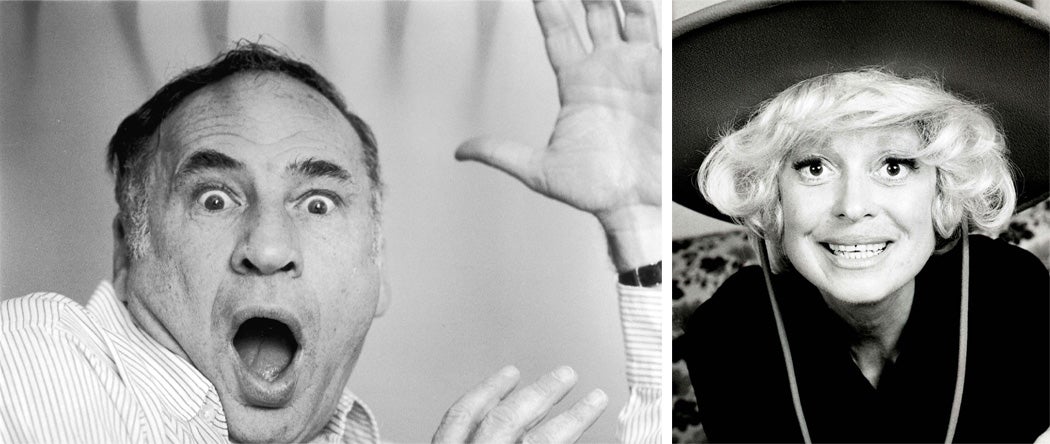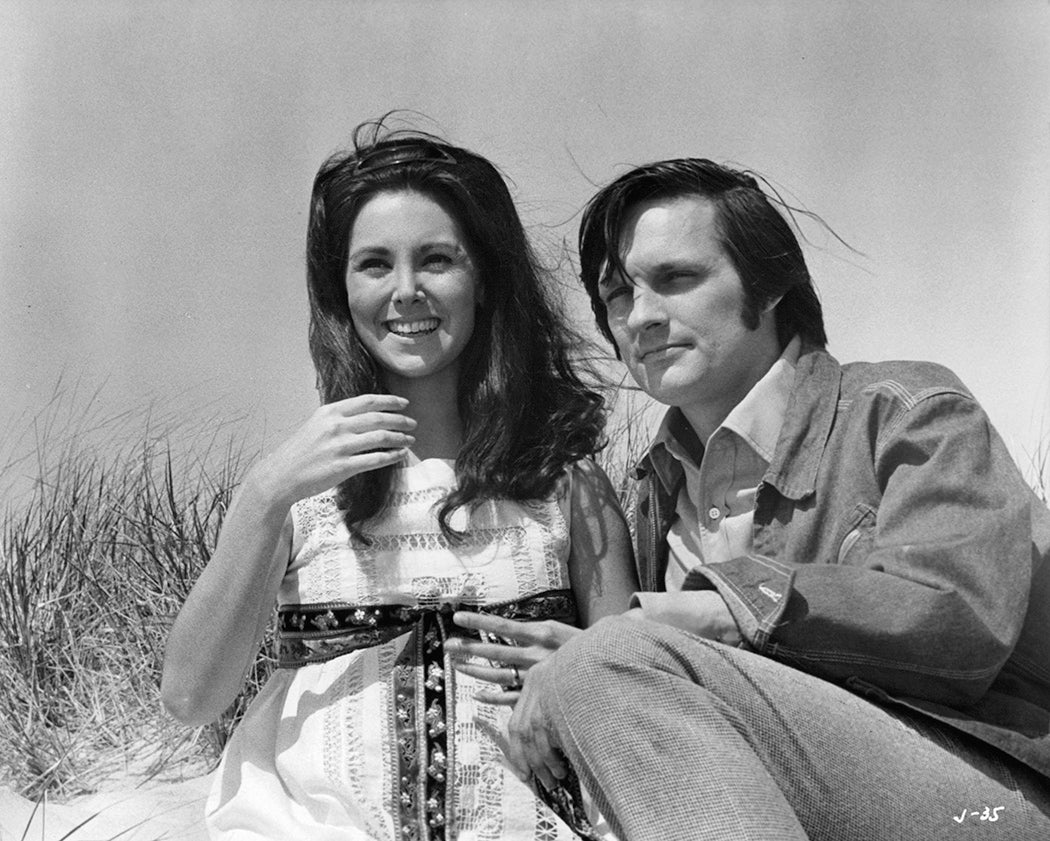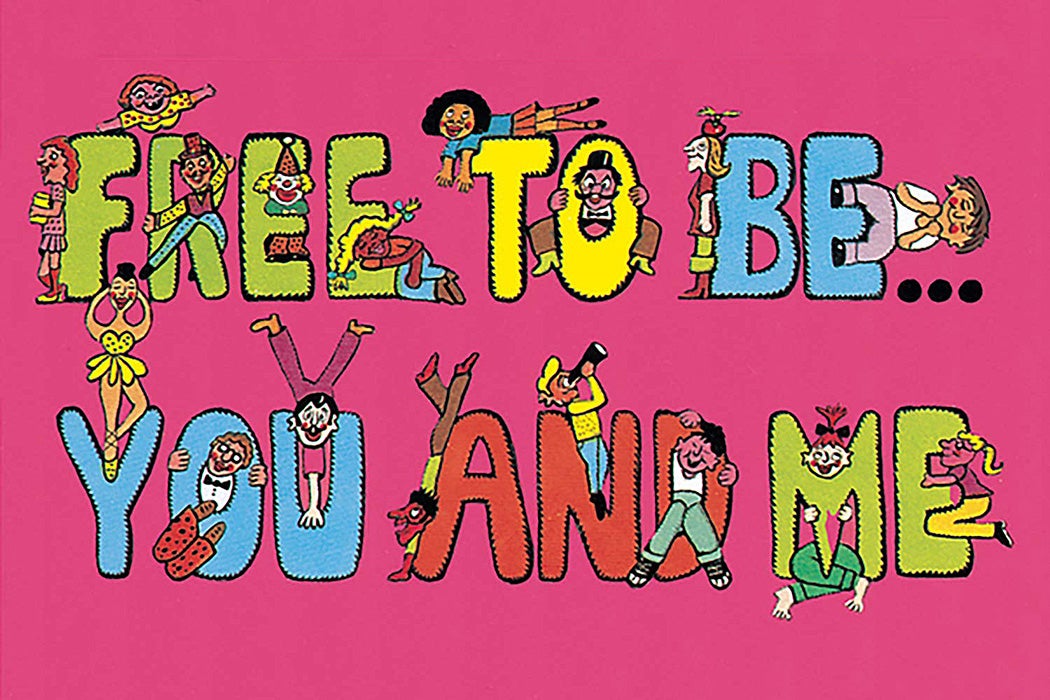“I’ve probably been a closet feminist all my life—but didn’t know it,” actor Marlo Thomas told the New York Times in 1973. The year before, she had released what would become a watershed album—Free to Be… You and Me, which is now celebrating its 50th anniversary. Soon thereafter, Thomas and an all-star cast including Alan Alda, Mel Brooks, Carol Channing, and others, produced a related book and television special, making Free to Be… You and Me a tangible product of a culture in flux.
It “dramatically changed the way in which parents and children thought (and continue to think) about gender roles and social equality,” Lori Rotskoff and Laura L. Lovett write in the introduction to their 2012 anthology, When We Were Free to Be: Looking Back at a Children’s Classic and the Difference It Made. In 1972, the landscape of children’s programming and cultural offerings reflected contemporaneous gender and racial hierarchies in American society. As Thomas recalled in Rotskoff and Lovett’s book, the idea for Free to Be came after looking for—and failing—to find a gift that expressed hope for a new, more equitable society. Instead, everything she found “the same old stories, starring the same old prince, promising the same old happy ending.” One particular title, I’m Glad I’m a Boy! I’m Glad I’m a Girl!, included messages that upheld all the conventions Thomas was trying to change: “‘Boys are pilots, girls are stewardesses.’ Boys invent things, girls use what boys invent.”
There had to be something better.
There were “distressingly few feminist childrens’ stories in 1972,” explains Philip Nel in Women’s Studies Quarterly, though a few managed to make their way into the marketplace. Jay Williams’s The Practical Princess from 1969 was a feminist fairy-tale in which the dragon-slaying heroine saves the prince. In Mommies at Work, from 1961, Eve Merriam shows mothers doing “‘all kinds of work’ including rancher, dancer, writer, doctor, air traffic controller, [and] architect.” So, while Free to Be was hardly first of its kind, it was a major force in helping “establish feminist stories for children as commercially viable,” Nel writes.
Weekly Newsletter
Thomas believed that children’s media could and should be better, and some experts at the time agreed. “TV maintains and supports the existing values, rarely probing, provoking or challenging them,” observed Ralph Garry, a professor of education at Boston University in a 1967 report. Children’s programming mirrored the status quo, and at times, even created it. It created expectations, Garry explained, that tended “to become self-fulfilling prophecies.” Continuing to show life as it was rather than how it could be kept the cycle going. “One should not expect television to present dogma,” Garry wrote. “But one can ask: What has been shown us of ourselves, especially our best selves.”
“Helping”
The era of educational and socially relevant children’s media may have had its biggest moment just a few years earlier. “Sesame Street walked so Free to Be could run,” says David Kamp, author of Sunny Days: The Children’s Television Revolution That Changed America. “[It] broke down so many barriers.” Sesame Street premiered in 1969; it was radical and trailblazing. “It achieved so many firsts,” Kamp says. “Showing women in the workplace, having an integrated cast, having two lead cast members who were Black. It advanced so many ideas, that by the time the TV version of Free to Be happened [in 1974], there was a template for this sort of thing in terms of how to make such a show.”
With that blueprint in hand, the team behind Free to Be set out to create a project that would mirror the kind of world they wanted to leave their children—one free of sexist stereotypes their generation had been exposed to. And with this desire to create something new, Thomas found kindred spirits on the masthead of another of the era’s new ventures—Ms. Magazine. The feminist publication was co-founded in 1971 by Gloria Steinem; in its debut issue, she praised the “brave women who are exploring the outer edge of human possibility.” When Thomas asked for guidance about bringing Free to Be to life, Steinem connected her with Letty Cottin Pogrebin, the magazine’s founding editor.
For this trio of individuals, being a “career woman” was no abstraction. It was their lived reality. In addition, Pogrebin had worked as a publicist in the world of children’s publishing and was a parent to three youngsters. She was familiar with the mediocre cultural offerings available to young readers.
“I had become by default the go-to editor at Ms. for anything relating to children and families,” Pogrebin writes in a chapter of Rotskoff and Lovett’s book. In Ms., she edited “Stories for Free Children,” a recurring feature that highlighted works that were antiracist, antisexist, and multicultural. The dearth of titles that met those criteria was disheartening. Some months, Pogrebin explained, she could barely find one book to feature.
“We believed in the perfectibility of humanity back then,” Pogrebin told Kamp, and more than anything else, this belief that fueled Free to Be… You and Me.
Free to Be became one of the earliest recipients of financial support from the Ms. Foundation for Women, the magazine’s grant-making arm. Thomas had always planned for album profits to go to charities for women and children, and the Ms. partnership made this easier. The magazine promoted Free to Be to readers, and the album’s ultimate success funded the foundation, enabling it to hire paid staff.
“Sisters and Brothers”
Creating the songs, poems, and stories that would eventually become Free to Be took a team. At first, Thomas reached out to more traditional authors to provide material, but soon realized that the audience she was aiming for wasn’t her generation, it was, as she wrote, for the “kids [who] had rock concerts blaring from the TVs in their living rooms. The material couldn’t be preachy. It would have to be entertaining and have some razzmatazz.”

Just as the idea behind Free to Be signaled a cultural shift, media aimed at kids needed to change how it attracted audiences. Thomas had a phone book filled with A-list contacts—Dick Cavett, Harry Belafonte, Diana Ross—people who could make the project not just important, but superlative.
The earlier arrival of Sesame Street didn’t only change expectations for children’s programming, it also introduced a crop of writers with a proven track record in making music that children could relate to. There was no reason not to tap into that same resource. “There was a lot of cross pollination between those two production entities,” Kamp says. Free to Be’s principal songwriters, the couple Carole and Bruce Hart, had been instrumental in the music of Sesame Street, with Bruce writing the lyrics for the show’s iconic theme.
Free to Be would kick off as an album so that kids—whether readers or not—could experience the project. They needed powerful songs that had to mean something. The team discussed their own childhoods while brainstorming topics and messages they wished they’d heard as children. Playwright and Thomas’s then-partner Herb Gardner said he’d always wanted to know it was ok for boys to show emotion, to feel deeply, to cry. The result was Carol Hall’s, “It’s Alright to Cry,” sung by Rosey Grier, a former member of the New York Giants and Los Angeles Rams. Grier had already broken stereotypes about masculinity with his post-football needlepoint hobby, and a subsequent book Needlepoint for Men. “Everyone should do what he wants,” Grier told Jet Magazine in 1974. “And not bother about being labeled as masculine or feminine.”

“William Wants a Doll,” was another of the album’s norm-defying numbers. It was sung by Alda, who also directed the project’s spoken word pieces. “Ladies First,” originally a poem by Shel Silverstein and adapted by Mary Rodgers, spoke to the negative impacts of assigned gender roles, while the humorous skit, “Don’t Dress Your Cat in an Apron,” rejected the idea of gender-prescribed clothing. It ends with the lines, “A person should wear what he wants to /And not just what other folks say./A person should do what she likes to /A person’s a person that way.”
The record was a hit. Nominated for a Grammy, it sold over 150,000 copies by March 1974. Critics raved. In his review of the “high-minded feminist kiddie record,” Robert Christgau noted that when he gave it to children in his life, “they all love it, to a person.” Teen magazine praised it as a “glorious celebration of the uniqueness of all of us.” And Chatelaine called it, “wise, funny, and sensitive ‘people lib’.” In her reflection on the album in Women’s Studies Quarterly, Rotskoff explains the impact in ways unrelated to critical praise, “For the first generation of Free to Be kids, this musical mélange of songs and stories still stirs up a heady mix of emotions, memories, and even tears.” Kamp agrees, “The ratings of the TV special or what the record sold, or what the book version sold, that only begins to tell a fraction of the story. There [was] an amazing level of acceptance of Free to Be that really is astonishing to think back upon.”
The praise, however, wasn’t universal, and looking back, Free to Be’s missteps become more apparent.
“When We Grow Up”
Despite their concern for racial and economic equity, the principal creators of Free to Be were white, and like any project, the end result is a reflection of its creators. As Rotskoff writes in her chapter of When We Were Free to Be, “when commissioning writers to draft the stories and lyrics, with one exception they did not hire African American authors or songwriters,” though they did hire Black performers to record songs and for the TV special. And despite the efforts to redefine and reimagine what gender could look like, overall the project leaned on some traditional ideas.

The song “William Wants a Doll,” by Sheldon Harnick and Mary Rodgers, tells of a boy who prefers dolls to baseball gloves and “all the things a boy would love.” It ultimately reaches the conclusion that “William has a doll/’Cause someday he is gonna be a father, too.” Though the song seemed to contain a radical message at the time it was released, Philip Nel points out that, in fact, “the argument that dolls teach boys to be good fathers is implicitly heterosexist.” Other songs in the project echoed that sentiment. In “Parents are People,” listeners are told that “mommies can be just about anything except ‘grandfathers . . . or daddies’ and daddies can be anything except ‘grandmas . . . or mommies,’” writes sociologist Karl Bryant in When We Were Free to Be. “Later, I wondered why William’s desire for a doll had to be justified by linking him with a future as a father, where William was at least tacitly heterosexualized….If we heard William speak today, maybe a different story would emerge. Instead of a world where gender no longer mattered, maybe gender and its relevance to our lives would be imagined in multiple forms and in ways that resist reproducing inequalities.”
A 1973 review in feminist magazine Off Our Backs also found some of the album’s material lacking. The music was so catchy, the review explains, that even adult feminists might miss that, with a few exceptions, “there is no piece which does not assume and reinforce traditional family roles.”
Rotskoff and Lovett take such arguments further still. “Free to Be’s social reach was limited by assumptions about human potential that were forged in a context of economic security,” Rotskoff writes. “Capitalizing on exhortations to ‘be free’ or ‘follow your dreams’ is more readily achieved, or even attempted, by those who are socially advantaged.” Freedom, and the freedom to be who you are, depends a lot on, well, who you are. Freedom looked different for different people. But on its face, the proposition that a better, different world was possible was revolutionary.
The 70s turned into the 80s, and many of the promises that seemed so close to reality for the project’s contributors seemed to slip away. This isn’t unusual. Nel explains, “Social change is not an endless march of progress toward a more enlightened present. It moves in fits and starts, makes gains and suffers setbacks, advances unevenly, and sometimes retreats.” But it’s what’s left behind that makes the difference, and that’s the people whose lives, hearts, and minds were changed by one monumental project. In 1972, Thomas expressed that hope for the generation this project hoped to reach, “Parents are always saying, ‘I want to give my children the things I didn’t have,’” she told the New York Times. “Her answer to that: ‘Give them freedom.’”







